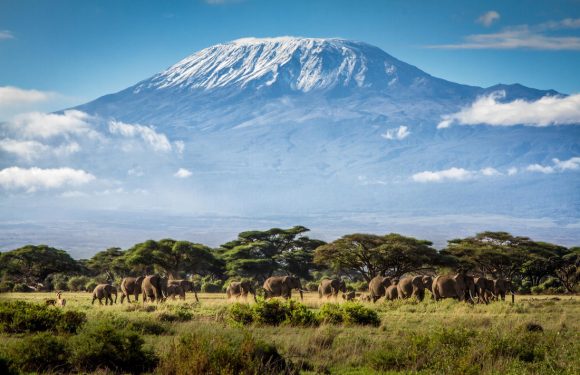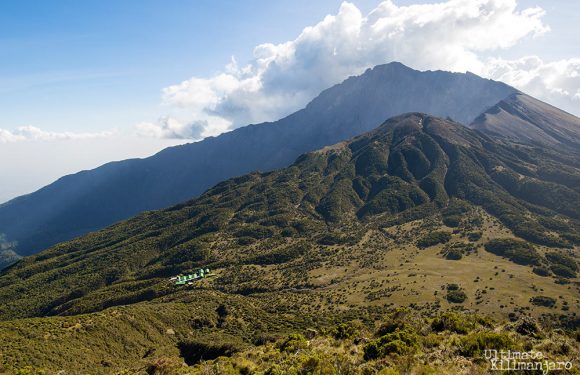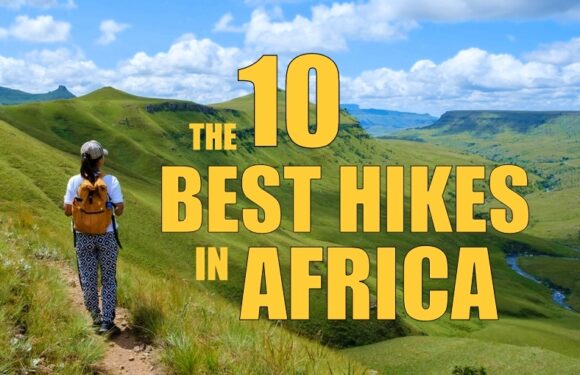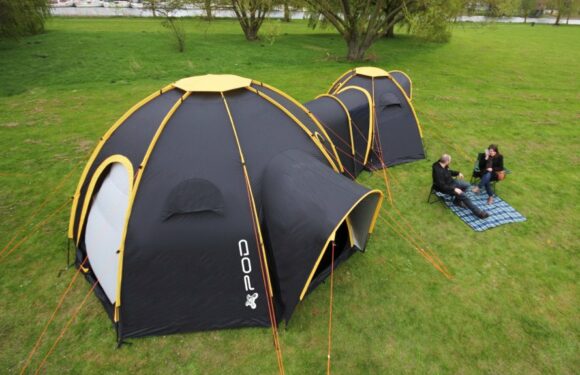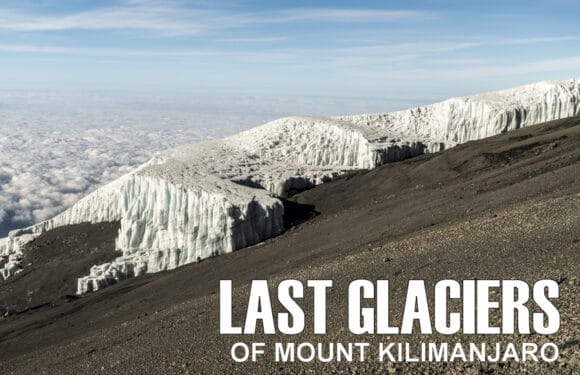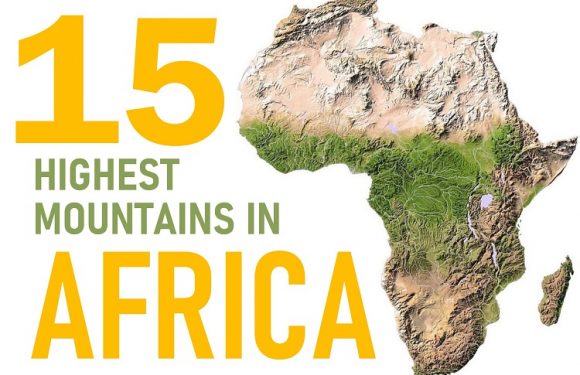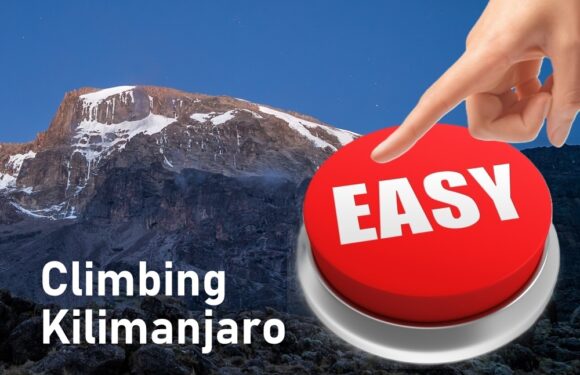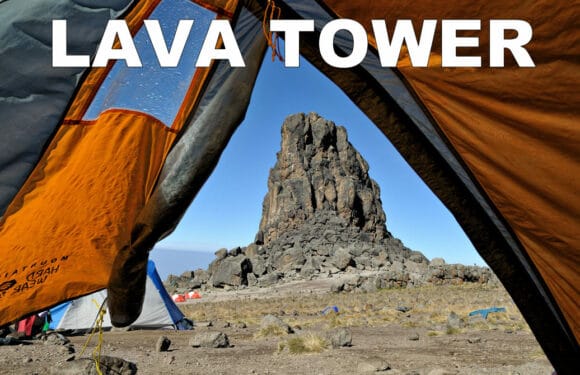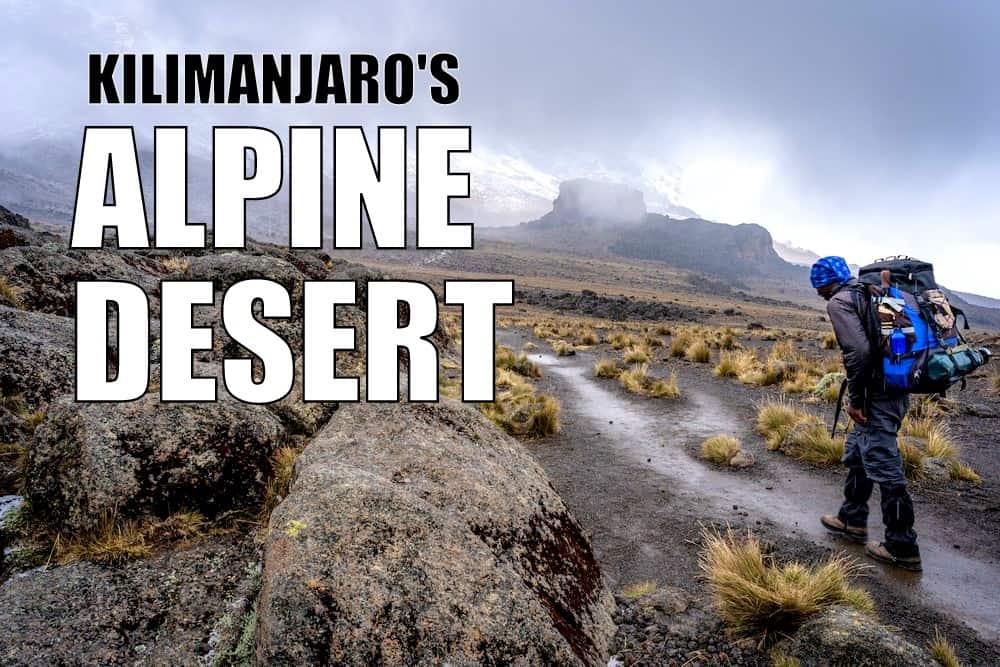
High on Mount Kilimanjaro, above the lush rainforest zone, lies the alpine desert. If you didn’t know any better, you might think you were exploring the surface of Mars.
The alpine desert is a stark contrast to the verdant forests at the base of the mountain. This ecological zone presents a unique and challenging environment, characterized by extreme conditions that test the resilience of both flora and fauna.
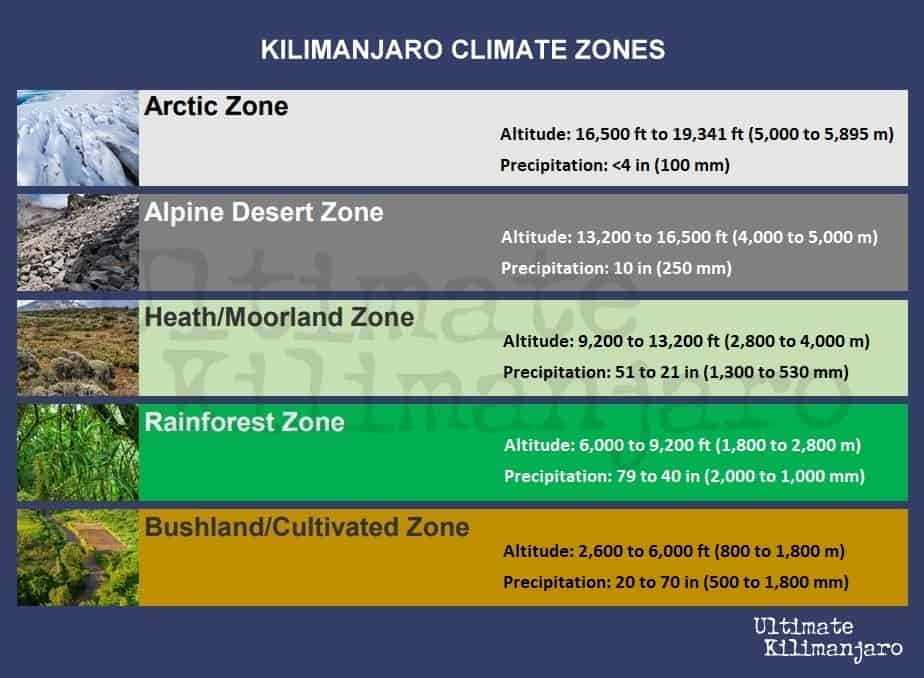
Characteristics of Alpine Deserts
Alpine deserts are found at high elevations on mountains around the world. They are unique environments with specific climatic, ecological, and geographical features.
First, alpine deserts experience extreme temperature fluctuations. Daytime temperatures can be relatively warm due to intense sun exposure, while nighttime temperatures often plummet below freezing. This daily temperature variation is a defining characteristic of these regions. Because the atmosphere is thinner, there are high levels of ultraviolet (UV) radiation here. Rainfall is minimal, and when it does occur, it is often in the form of snow or ice.
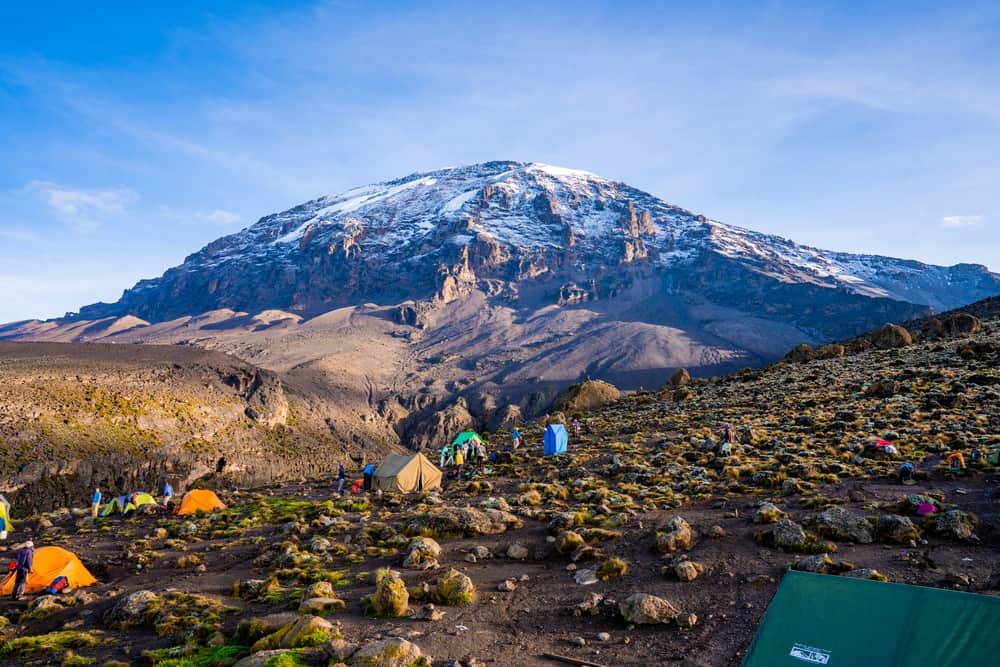
The soil in alpine deserts is typically rocky, with low nutrient content. It often lacks the organic material found in more verdant environments. The harsh weather, arid landscape, and poor soil quality limit the types of vegetation that can survive in these zones.
The biodiversity of flora and fauna is low compared to more hospitable environments. Plant life is sparse and the species found here are often endemic to these environments, having evolved to thrive in conditions that would be hostile to most other plant forms. Simiarly, the small number of animals that inhabit alpine deserts are adapted to the difficult conditions.
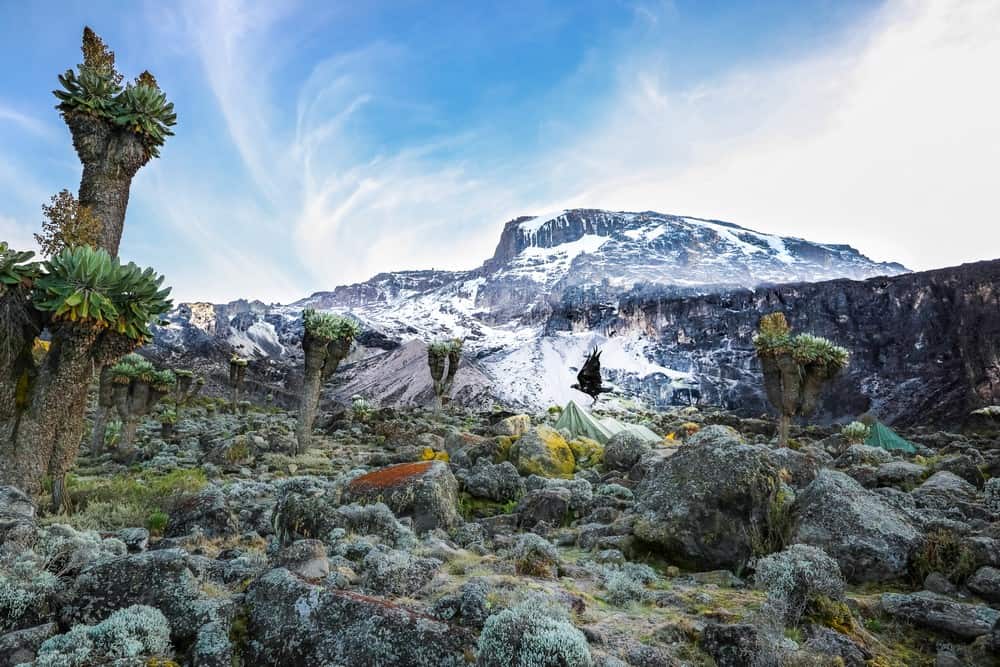
The Environmental Role of Alpine Deserts
One of the primary roles of alpine deserts is in climate regulation.
These zones, due to their high altitudes, impact weather patterns and contribute to the global water cycle. The minimal vegetation and exposed surfaces in alpine deserts influence local temperature and precipitation patterns. Furthermore, when snow or ice accumulates in these regions, it acts as a natural reservoir, slowly releasing water and feeding rivers and streams, which are vital for the ecosystems and human settlements downstream.
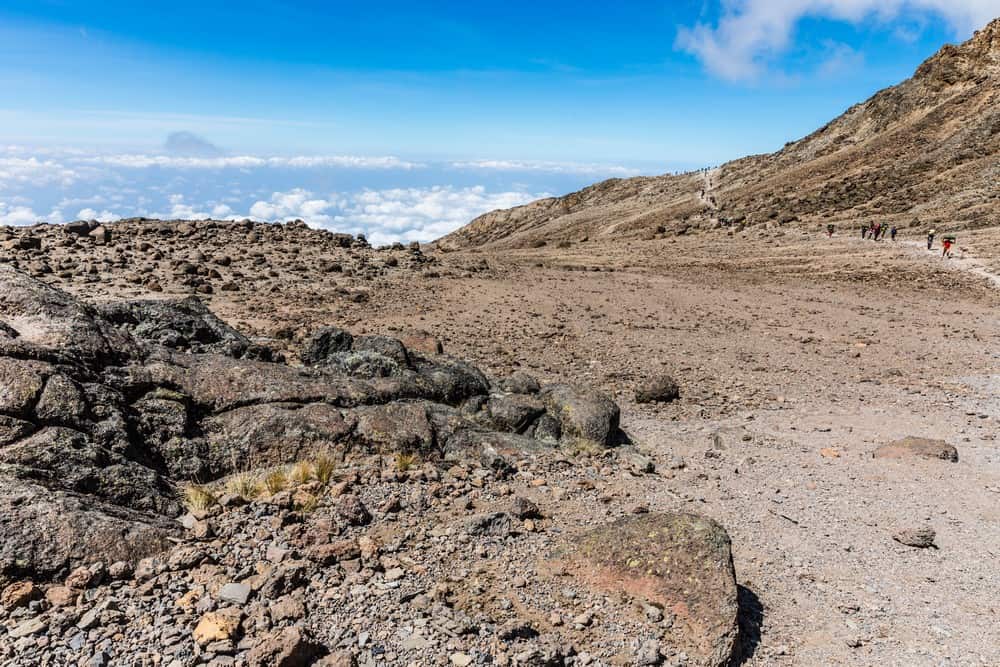
Despite their harsh conditions, alpine deserts hosts some forms of life. They provide a habitat for specialized species of plants and animals. These species contribute to the overall diversity of life on our planet and are often key indicators of environmental health.
Kilimanjaro’s Alpine Desert
Mount Kilimanjaro’s alpine desert is harsh and unpredictable. Most trekkers will spend a considerable amount of time in this zone as part of their acclimatization strategy. Typically found between 13,200 and 16,500 feet (4,000 and 5,000 meters), the daytime temperatures can soar to 100 degrees Fahrenheit (38 degrees Celsius), while night temperatures often plummet below freezing. This drastic fluctuation is a hallmark of the alpine desert, posing challenges to both climbers and wildlife. The alpine desert zone of Kilimanjaro receives less than 10 inches (250 mm) of precipitation annually.
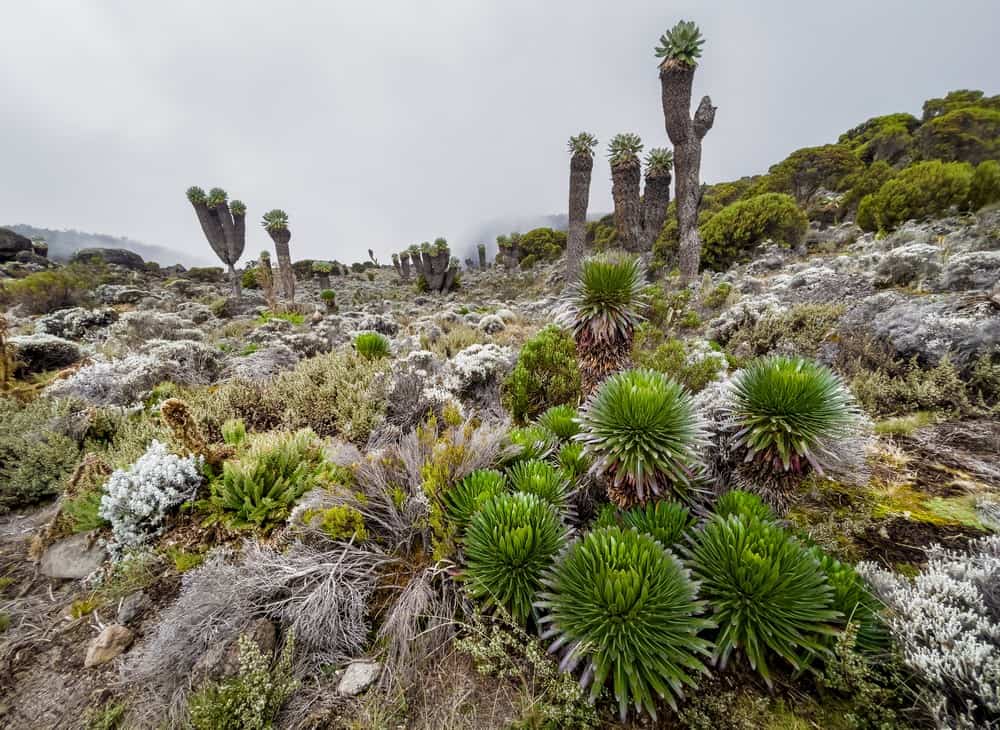
There is limited plant life at this elevation. However, there are some notable species that thrive here:
- Helichrysum Newii – Type of everlasting flower, known for its ability to survive in dry conditions. Has silver-gray leaves and yellow flowers, which help it conserve water and endure the intense sunlight. Provides essential ground cover to reduce soil erosion.
- Lobelia Deckenii – Characterized by its large rosette shape and thick, fleshy leaves. Adapted to store water in its leaves, enabling it to survive long periods of drought. Blooms with a tall flower spike.
- Senecio Kilimanjari – Species of giant groundsel, distinctive for its strange appearance with a thick, water-storing stem and rosettes of leaves at the top. Adapted to the cold nights of the alpine desert, with its insulating layer of dead leaves around the stem.
- Alpine Tussock Grass – Form clumps together and are crucial for holding the soil together, preventing erosion. Incredibly resilient, capable of withstanding both the dry conditions and the cold temperatures.
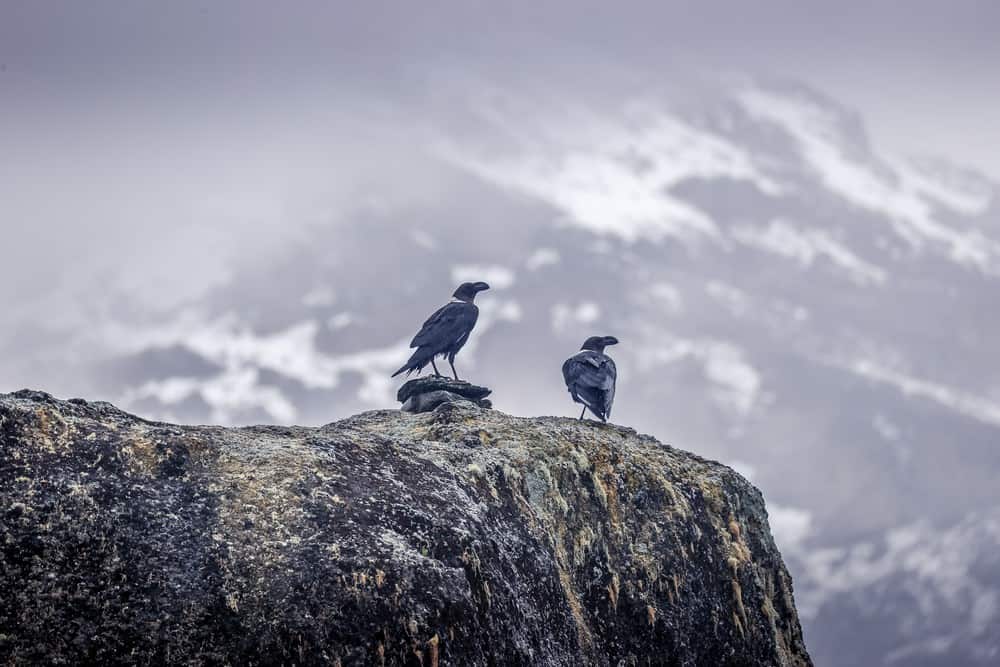
In terms of wildlife, there are few rodents and birds that inhabit this ecological zone. Species include the Four-Striped Grass Mouse, which can be seen scavenging for scraps, and the White-Necked Raven, which soar around the Kilimanjaro campsites.
Tips for Tackling Kilimanjaro’s Alpine Desert
Here are some tips on how to best handle the alpine desert zone on Mount Kilimanjaro:
- Carry the Right Gear – Because the conditions in this zone vary greatly, it’s important to have the right gear for any occasion. That means in your day pack, you’ll want to carry apparel and accessories for both hot, sunny weather and cold, windy, or even wet conditions.
- Block the UV – The sun is very strong at this altitude. We recommend wearing a brimmed hat, long sleeve, hooded baselayer, and frequently applying sun screen to any exposed skin. Do not linger around outside at camp.
- Avoid the Dust – Due to the dryness, it can become very dusty on the trails, especially when hiking with a large group. Cover your mouth and nose with a neck gaiter or other type of mask to avoid inhaling dust, which can cause irritation, in these situations.
- Brush Your Gear – Your clothing (boots, pants, backpack) might pick up a lot of dirt and dust during your day hikes in this zone. To avoid bringing the dust into your tent, brush yourself and your gear off before entering.
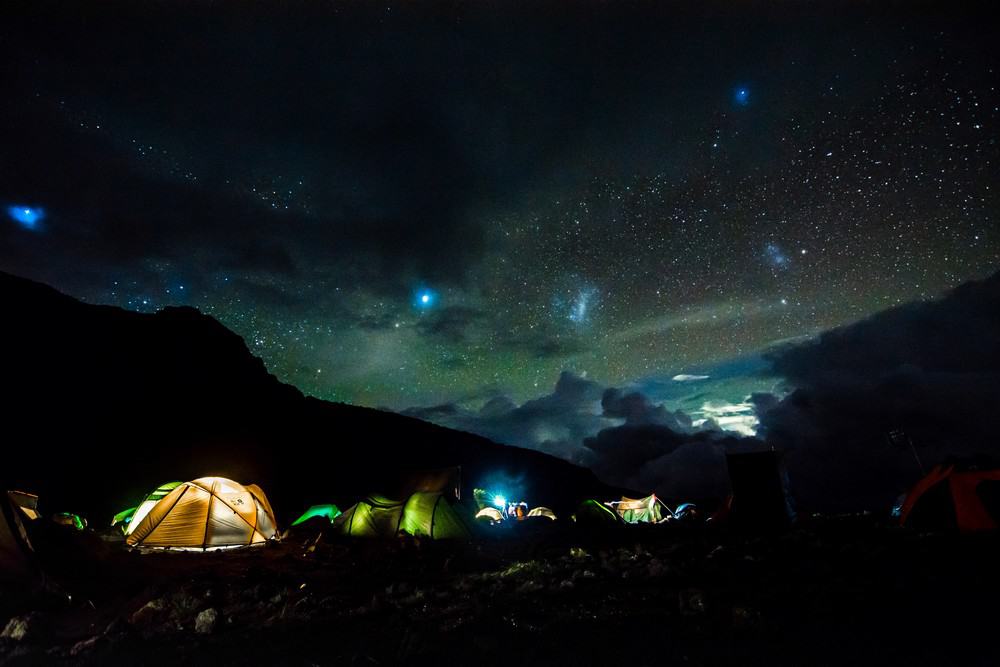
Conservation Challenges
Understanding and protecting Kilimanjaro’s alpine desert zone is essential for maintaining a healthy ecosystem on the mountain. Climate change poses a significant threat. It affects the delicate balance of this habitat, potentially altering species distribution and water availability.
While the impact of human activities is less direct in the alpine desert compared to lower zones, the effects of climate change, driven by global emissions, highlight the interconnectedness of human actions and high-altitude ecosystems.
Famous Alpine Deserts Around the World
Here are some other famous alpine deserts:
Tibetan Plateau
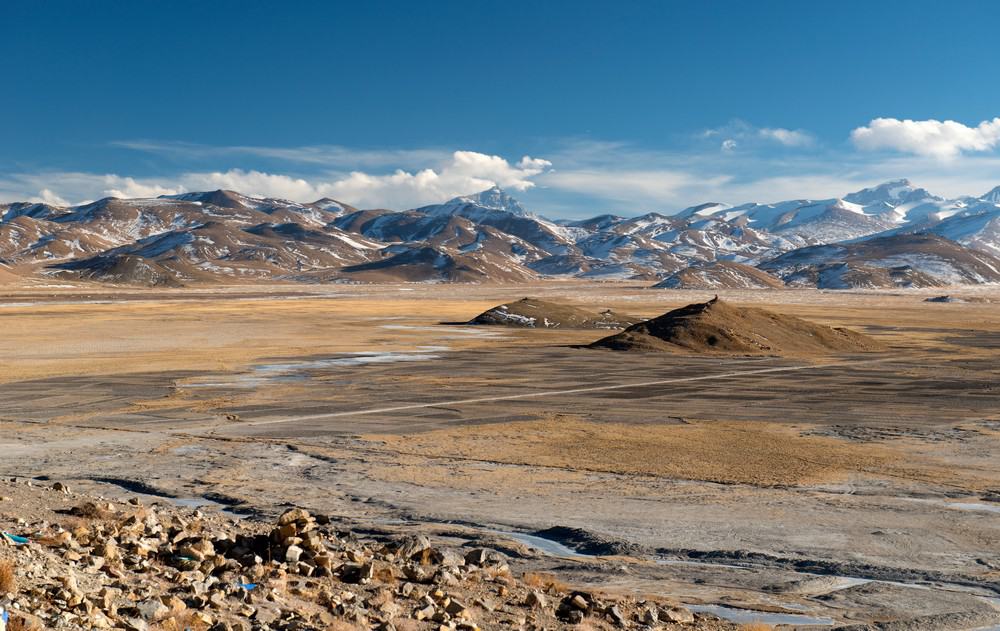
Extending across Tibet and parts of China, India, and Nepal, this region is often referred to as the “Roof of the World.” The Tibetan Plateau is known for its vast and rugged landscape, high elevations, and unique cultural significance. It’s an area of significant geological interest and home to several high-altitude wildlife species.
Altiplano
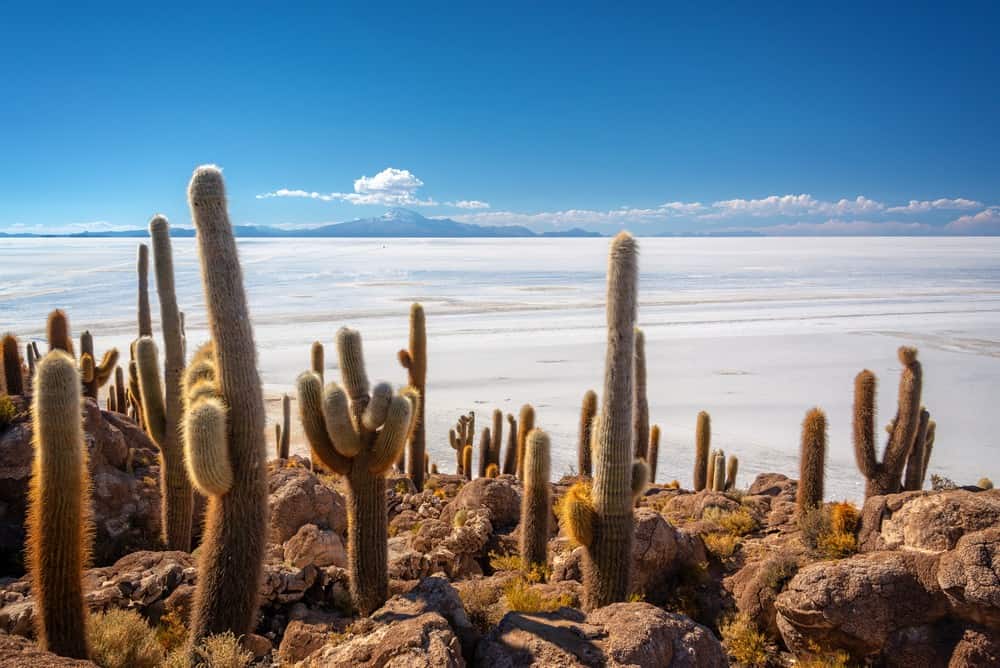
Spanning parts of Peru, Bolivia, Chile, and Argentina, the Altiplano is one of the largest high plateaus in the world outside of Tibet. Part of the Andes Mountains, it features a mix of landscapes, including salt flats, barren plains, and volcanic peaks.
High Sierra
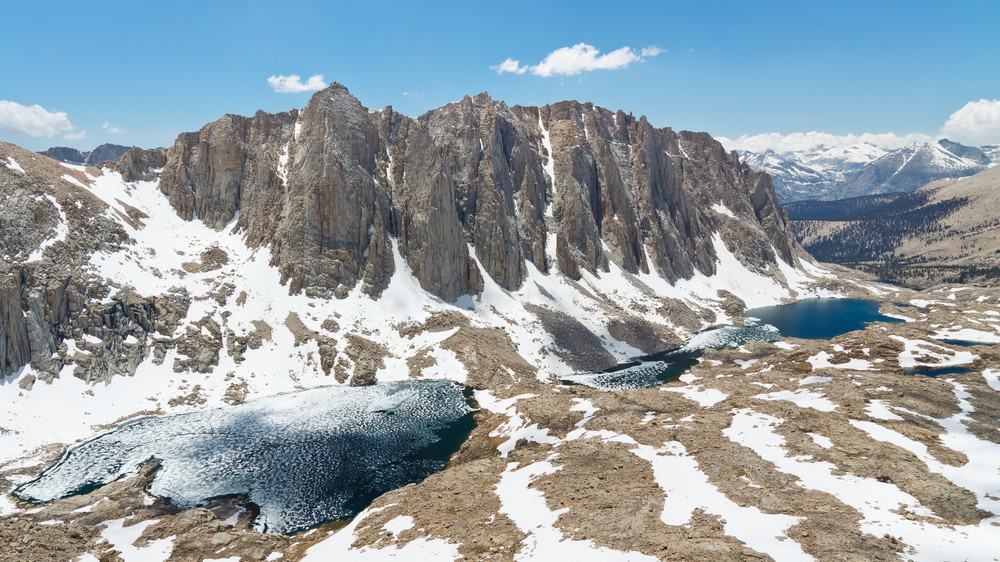
This region refers to the higher elevations of the Sierra Nevada, typically above the tree line. The High Sierra is known for its rugged, rocky terrain and sparse vegetation, typical of an alpine desert. The area includes famous locations such as Yosemite National Park’s high country and the area around Sequoia and Kings Canyon National Parks.



















































